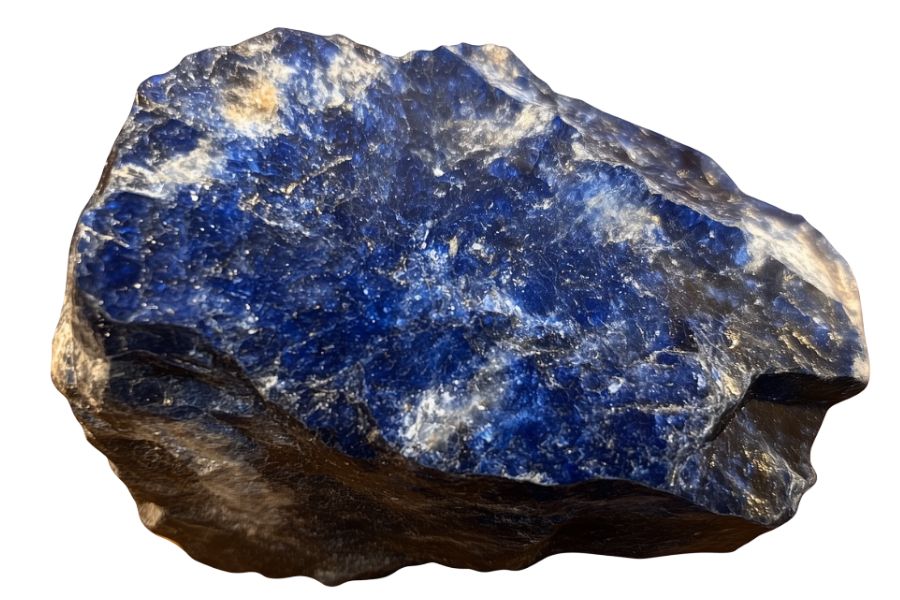New York has seen its fair share of gold rushes, but not many people think of it as a place to hunt for deep blue lapis lazuli. However, there are a few amazing spots in New York where rockhounds have reported finding small deposits of it.
One of the most interesting things about lapis lazuli is its use in ancient art. The famous ultramarine pigment in Renaissance paintings came from ground-up lapis. Finding a piece of it in nature feels like holding a piece of history.
If you’re up for an adventure, there are places in New York where you might spot this rare blue beauty. Knowing where to look will really increase your chances of success.
How Lapis Lazuli Forms Here
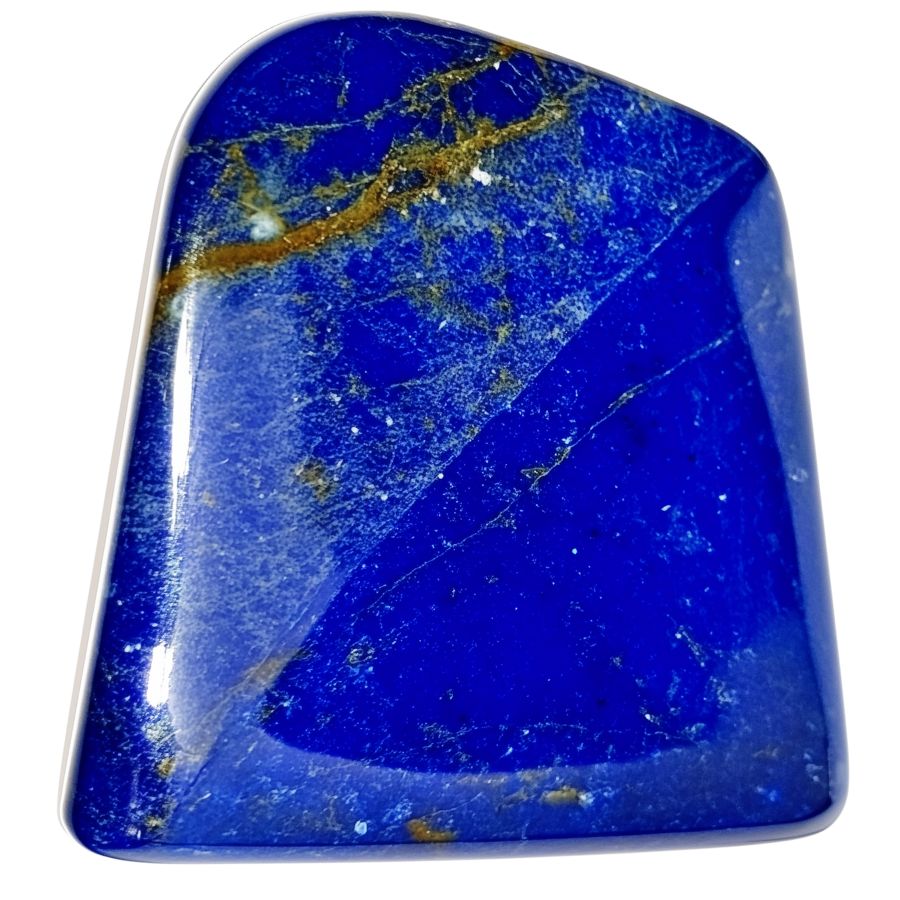
Lapis Lazuli forms deep within metamorphic rocks when limestone or marble undergoes intense pressure and heat. Different minerals come together during this process, mainly lazurite, pyrite, and calcite.
Pressure from the Earth’s crust transforms these minerals into the distinctive blue stone we know. Heat plays a crucial role by helping the minerals crystallize properly.
Multiple mineral components mix during formation, creating those white and gold streaks you see.
Creating this stone takes millions of years of perfect conditions. Nature has to maintain just the right temperature and pressure throughout the process.
Sometimes, other minerals like sodalite and hauyne join the mix, affecting the final color. Rocks surrounding the forming Lapis Lazuli also influence its quality and appearance.
Types of Lapis Lazuli
Lapis Lazuli occurs in several distinct varieties, each displaying unique characteristics based on its geographical origin and mineral composition.
Understanding these different types helps collectors, artisans, and enthusiasts identify and appreciate the stone’s diverse beauty.
Blue Lapis Lazuli
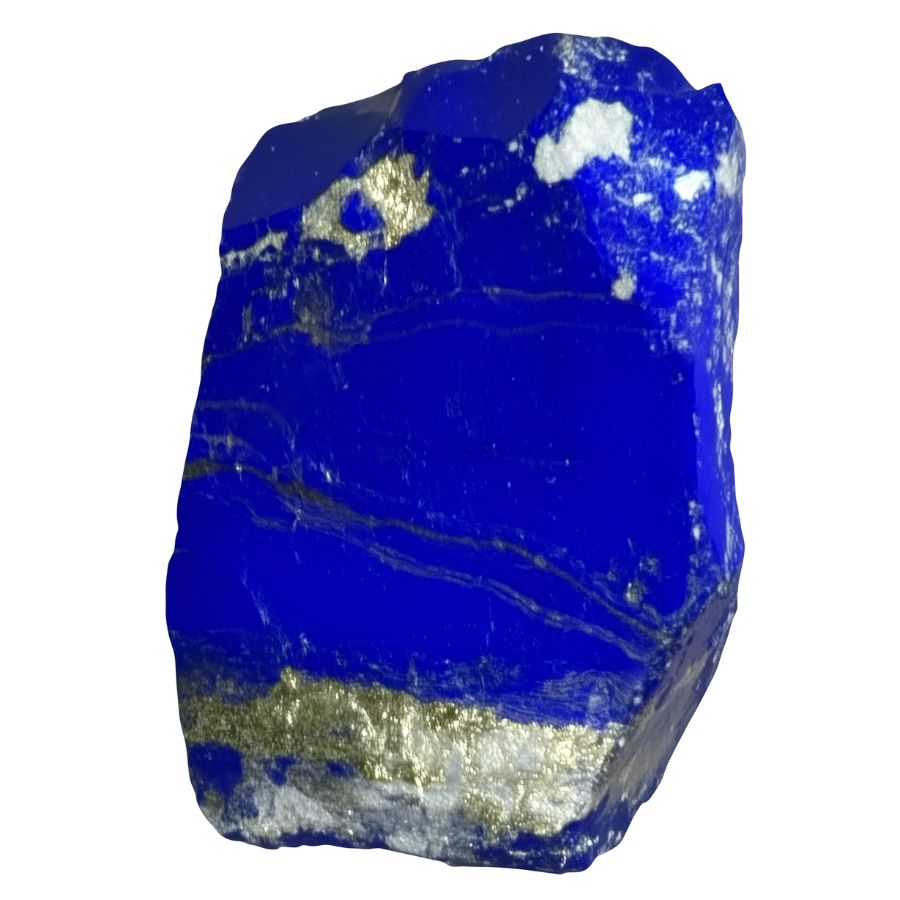
Brilliant indigo coloring dominates high-quality specimens. Natural crystallization processes create remarkable color consistency throughout each piece. Professional examination reveals fascinating internal structures invisible to casual observation.
Advanced studies show precise mineral combinations creating intense blue colors. Scientific analysis helps identify premium specimens through specific testing methods. Color intensity varies based on exact mineral ratios.
Modern technology allows detailed analysis of mineral composition. Research continues to reveal new information about formation processes.
White Lapis Lazuli
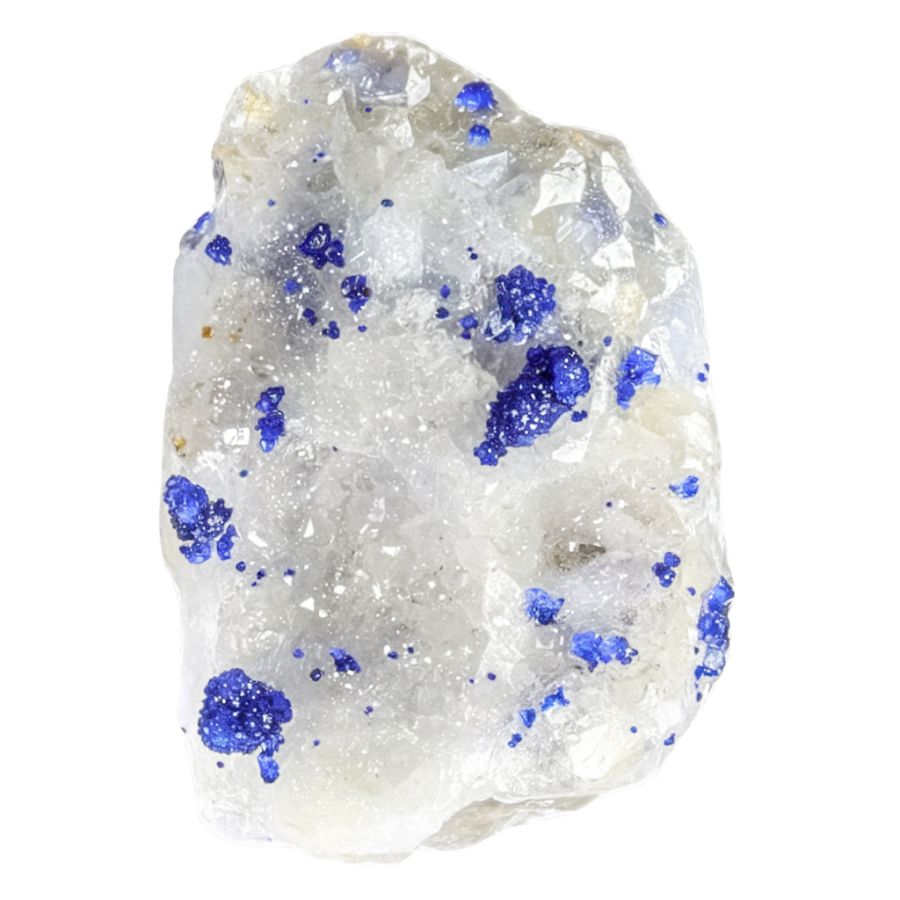
Delicate streaks of white calcite create beautiful patterns across this light-colored variety. Natural light filtering through translucent areas produces a soft, ethereal effect that distinguishes it from other types. Fine white lines weave through the stone’s surface, forming intricate designs.
The surface texture feels remarkably smooth when polished, making it excellent for detailed carvings.
Collectors seek this variety for its understated elegance and rarity in the market. White Lapis holds special appeal for those who prefer subtle beauty over bold statements.
Afghan Lapis Lazuli
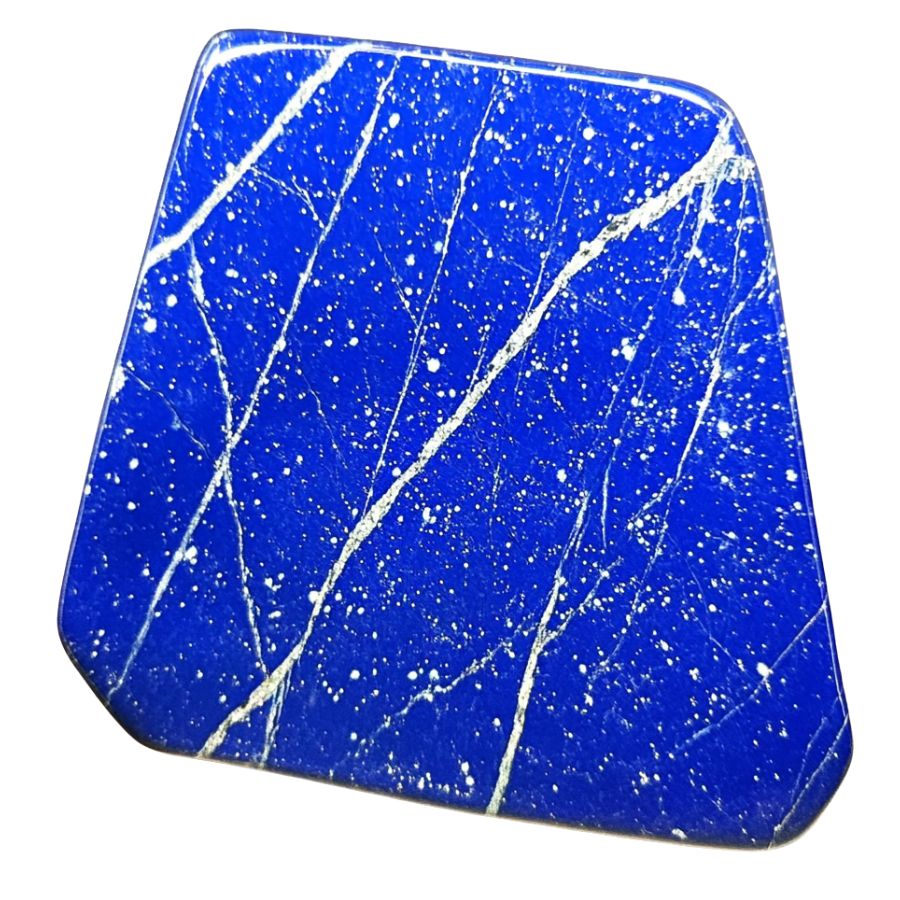
Afghan Lapis Lazuli stands out for its intense royal blue coloring, creating an immediately striking visual impact. Rich, uniform coloring characterizes high-quality Afghan specimens, with minimal white or grey streaks interrupting the blue background.
Natural inclusions add character without compromising the stone’s overall beauty. Skilled artisans particularly value this variety for its consistent quality and workability.
Most pieces display an even distribution of pyrite, creating a balanced and harmonious appearance. These golden specks vary in size and placement, making every specimen one-of-a-kind.
Close inspection of the stone reveals subtle variations in blue tones, from deep navy to bright azure, adding depth to its appearance.
Chilean Lapis Lazuli
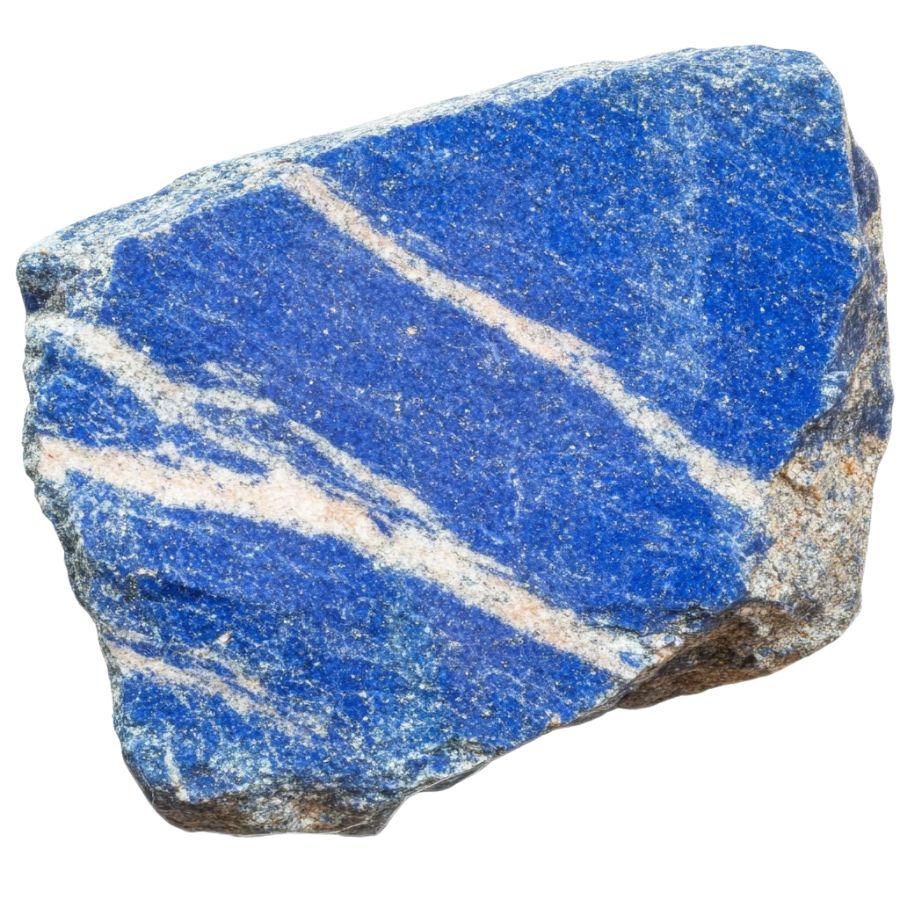
Chilean Lapis Lazuli showcases distinctive white calcite veining running through its blue body, creating interesting patterns and textures. These natural streaks add character and make each piece easily identifiable from other varieties.
The crystal structure contains notable amounts of wollastonite, giving Chilean specimens their characteristic appearance. This mineral combination creates interesting optical effects when light hits the surface.
Professional cutters develop special techniques to work with Chilean material, highlighting its best features. Larger pieces often display dramatic color contrasts between dark blue areas and white veining.
Russian Lapis Lazuli
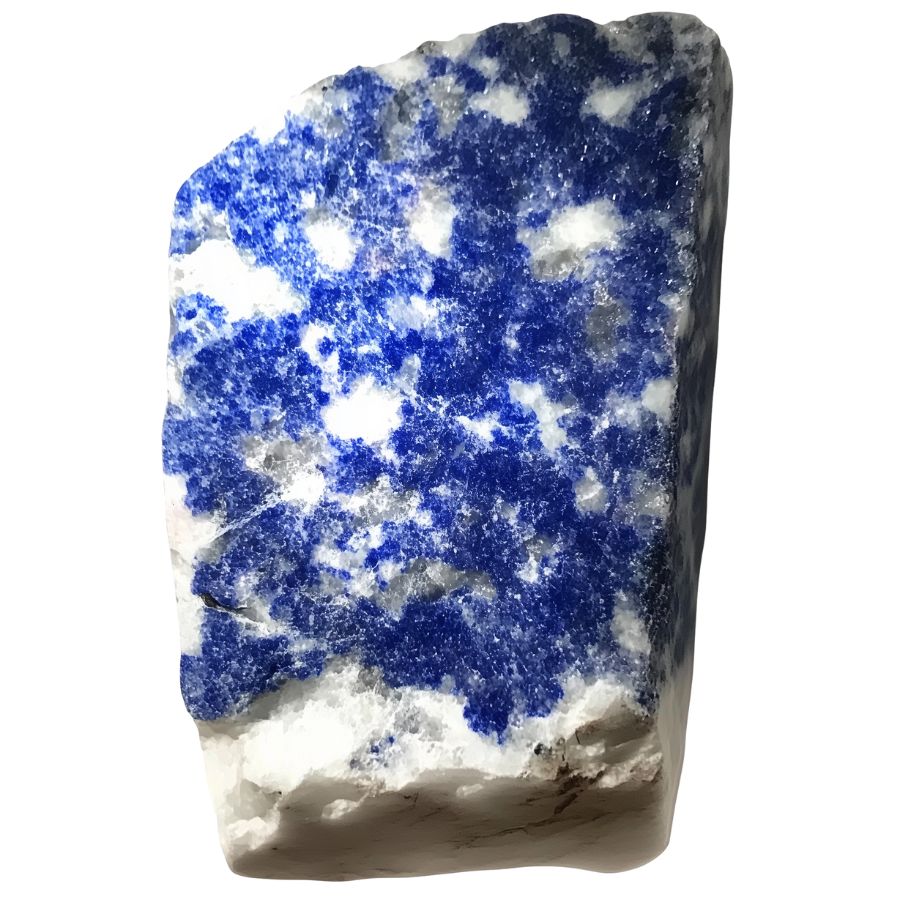
Russian Lapis Lazuli features distinct mineral compositions including significant amounts of diopside. These additional minerals create subtle color variations throughout the stone.
Specimens typically contain minimal pyrite, resulting in a cleaner, more uniform appearance. Instead of golden flecks, Russian pieces showcase varying blue tones and subtle color shifts. This characteristic gives them a more subdued, elegant appearance.
Professional cutters appreciate how Russian specimens take an even polish. The stone’s structure allows for detailed carving while maintaining its attractive appearance.
When properly finished, pieces display a subtle gleam that enhances their natural beauty.
Italian Lapis Lazuli
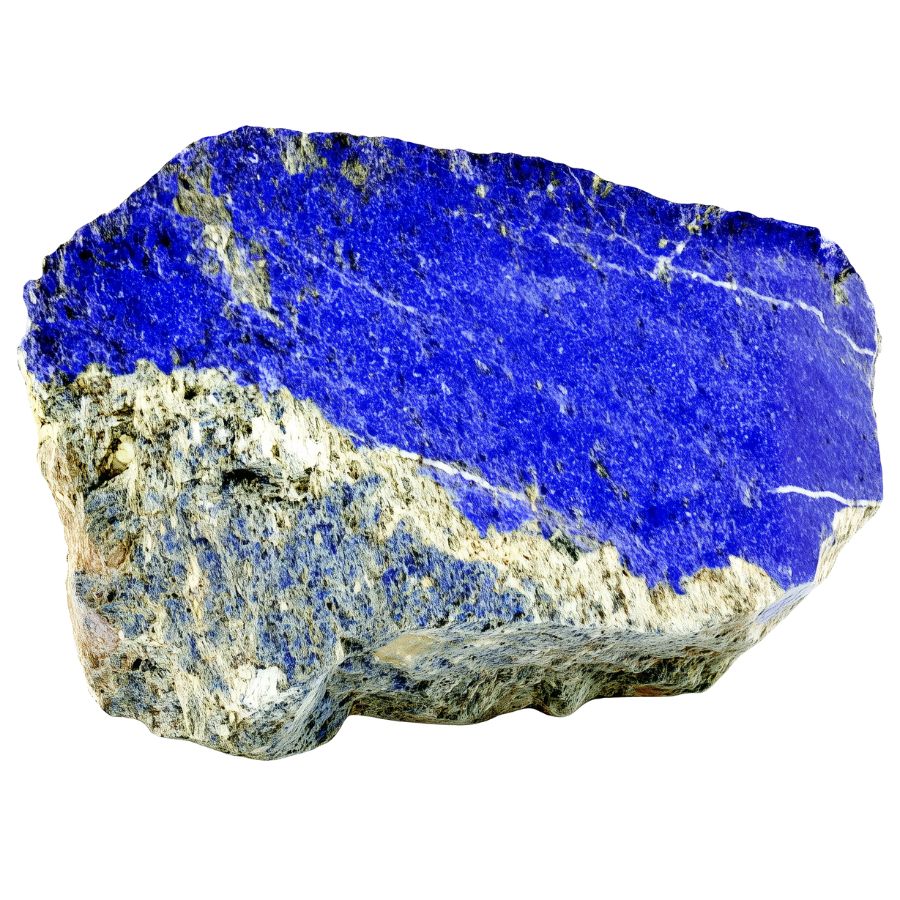
Italian Lapis Lazuli displays softer blue tones compared to other varieties, often showing subtle variations in color intensity. Natural patterns include gentle transitions between lighter and darker areas.
Historical significance stems from its extensive use in Renaissance art and architecture. Artists ground this stone into pigment to create brilliant blue colors in paintings. This traditional use influenced European art for centuries.
Italian pieces often show more subtle coloring than their counterparts from other regions. This gentler appearance makes them particularly suitable for certain artistic applications. Professional stone workers value their consistent working properties.
Green Lapis Lazuli
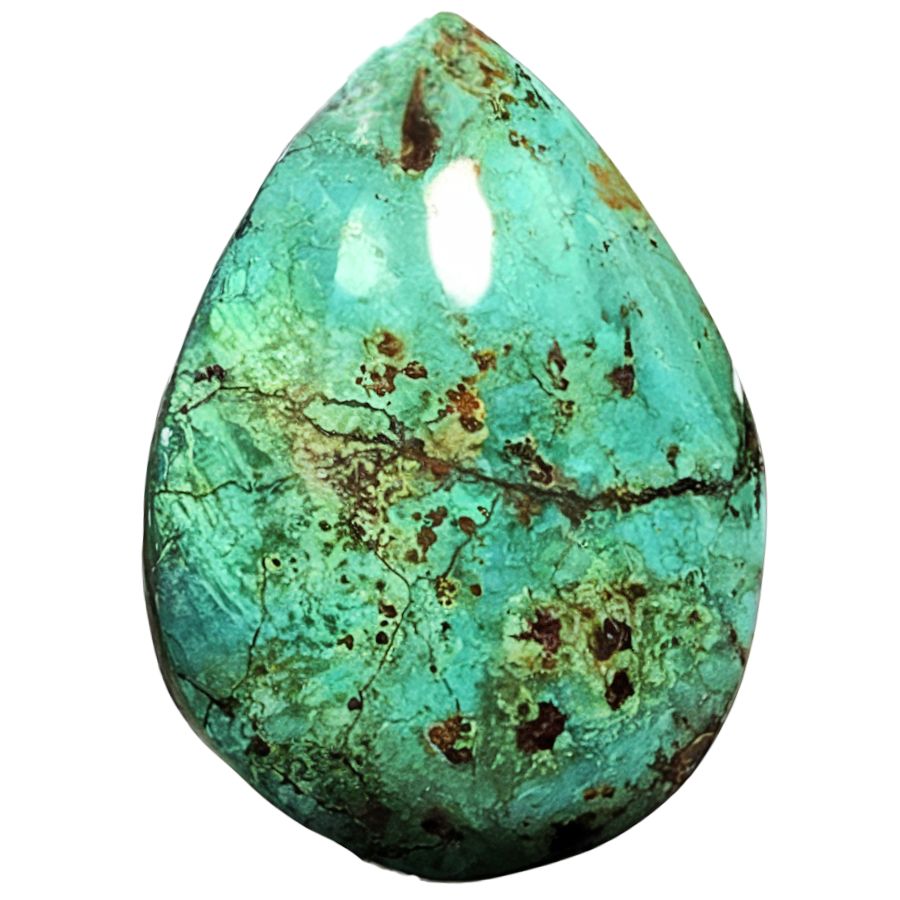
Mineral variations create fascinating green undertones in this distinctive variety. Traces of specific minerals influence color shifts from blue-green to sage, producing remarkable visual effects.
Crystal structure affects how light interacts with the surface, creating subtle color play. Environmental factors during formation lead to interesting patterns and textures.
Scientific analysis reveals unique mineral combinations responsible for green coloring. Understanding these variations helps experts identify genuine specimens. Professional testing confirms specific mineral content that causes green hues.
Purple-Blue Lapis Lazuli
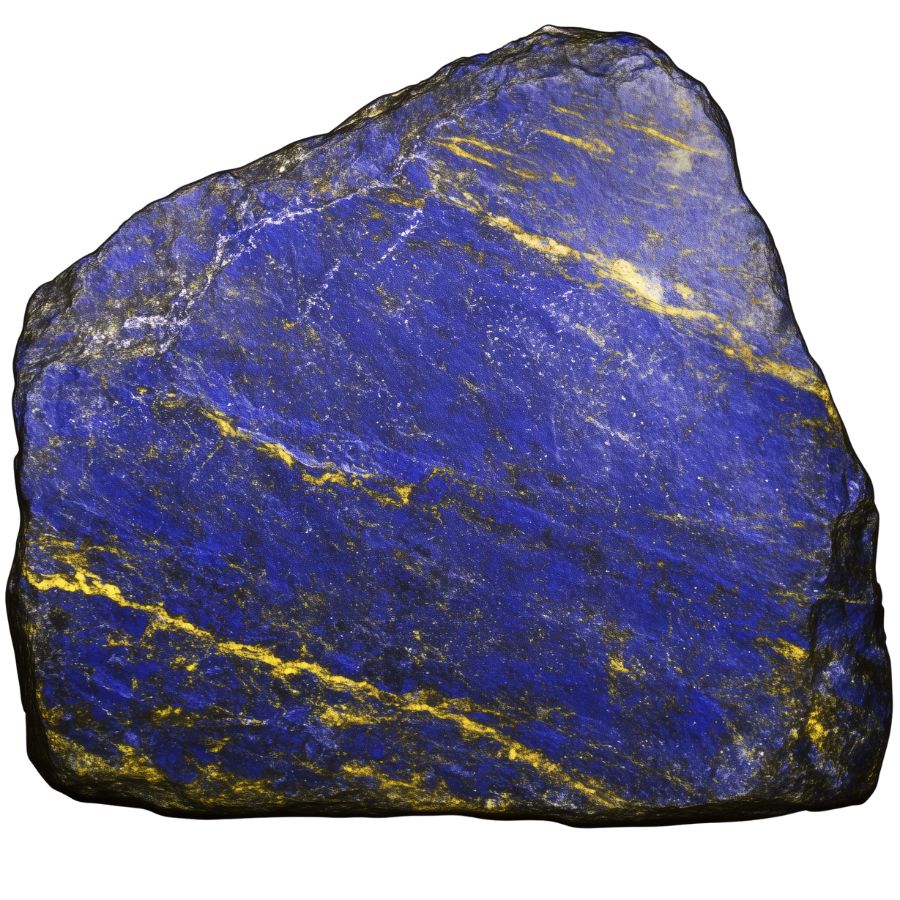
Violet undertones create rich, royal purple-blue coloring in select specimens. Natural color variations result from specific mineral combinations during formation. Complex crystal structures produce fascinating optical effects under different lighting conditions.
Scientific studies show unique mineral ratios causing purple tints. Advanced testing methods help identify genuine purple-blue varieties. Color stability remains consistent under various light sources.
Professional processing methods preserve natural color characteristics. Modern analysis reveals fascinating details about formation conditions. Each specimen tells a story about ancient geological processes.
What Rough Lapis Lazuli Look like?
Lapis Lazuli in its rough form can be tricky to identify, especially when you’re just starting to explore rocks and minerals. Here’s how you can spot this royal blue beauty without needing fancy equipment.
Look for the Signature Deep Blue Color
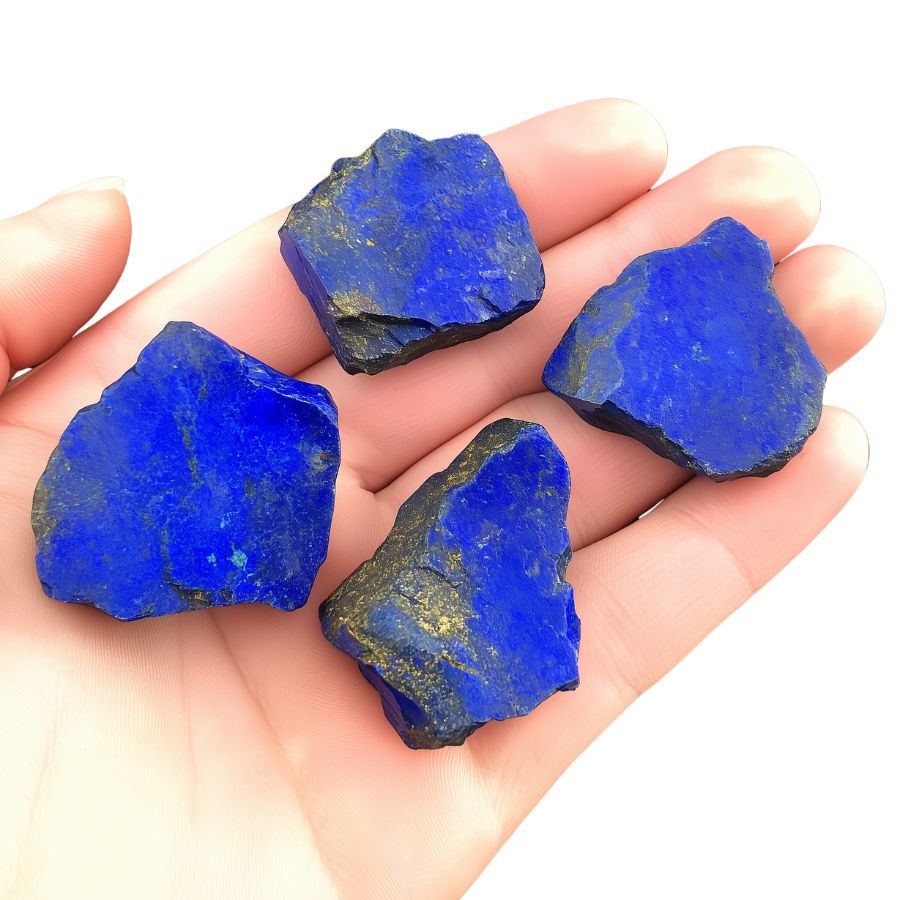
The most striking feature of rough Lapis is its deep, intense blue color – think midnight sky or ocean depths. But it’s rarely just blue. You’ll often spot tiny gold-colored flecks (pyrite) scattered throughout, like stars in the night sky.
Sometimes you might see white streaks or patches (calcite). If the blue looks too bright or artificial, it might be dyed sodalite or howlite instead.
Check for a Glassy to Waxy Surface
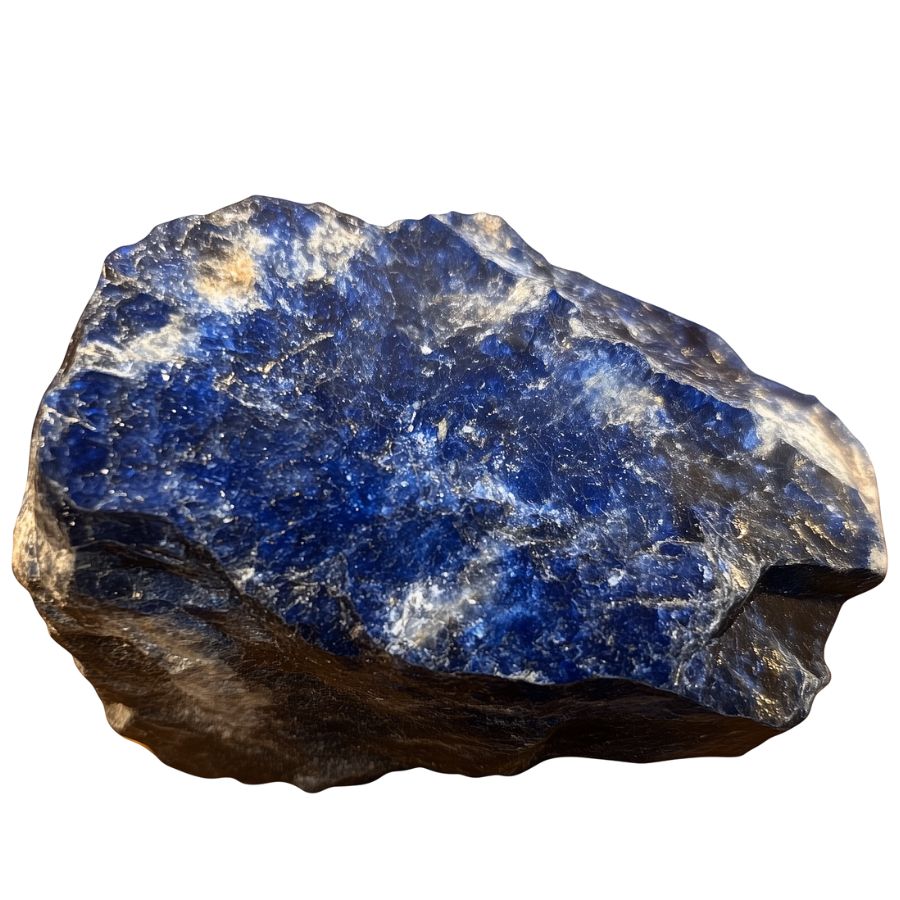
Run your fingers over raw Lapis – it should feel smooth but not quite glassy. Unlike polished pieces, rough Lapis has a somewhat waxy or matte appearance.
Look for areas where the surface seems uneven or slightly greasy. These characteristics come from its metamorphic nature.
A quick tip: if it’s super glossy or feels plasticky, it’s probably fake.
Assess the Hardness Through Simple Tests
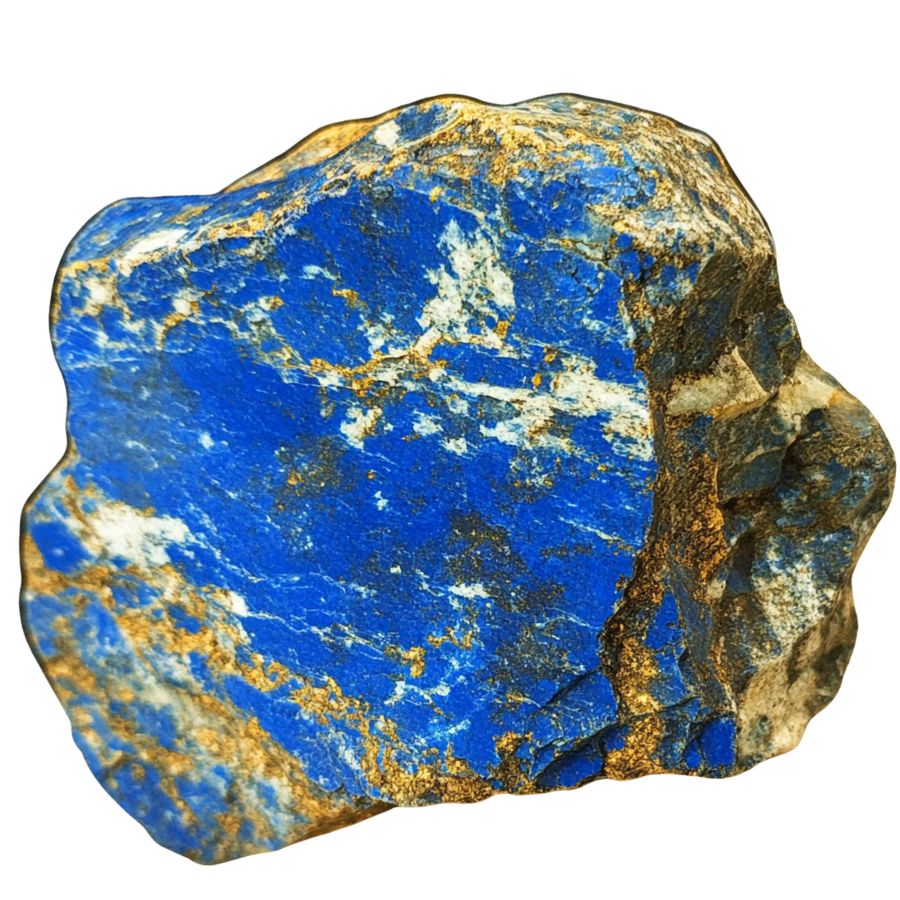
Grab a copper penny and try to scratch your specimen. Lapis ranks 5-5.5 on the Mohs scale, so it shouldn’t scratch easily with a fingernail (2.5) but will yield to a steel knife (5.5).
Don’t go crazy with scratching – just test a small, inconspicuous spot. The stone should feel solid and compact, not crumbly or soft like chalk.
Watch for Key Mineral Inclusions
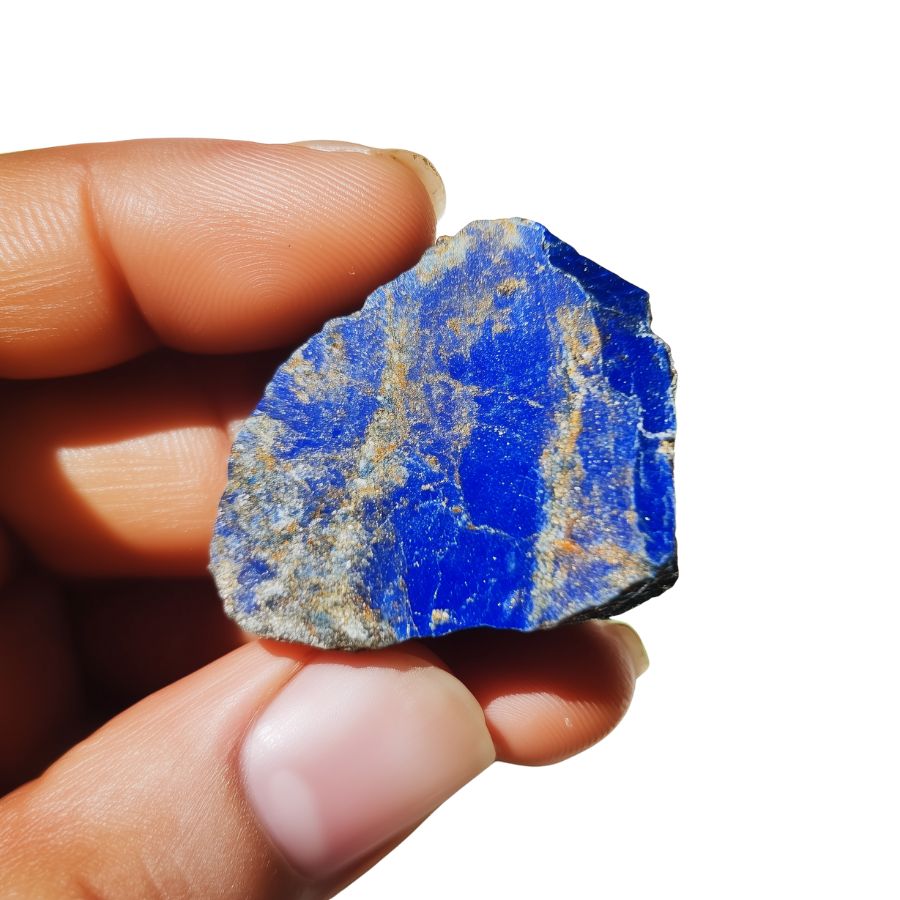
Take a close look at the stone’s surface – authentic Lapis Lazuli typically contains visible mineral inclusions.
The most common are golden pyrite specks, which appear as metallic flecks throughout the blue body. White or grey streaks of calcite are also normal and can range from thin veins to larger patches. Dark spots or areas are usually other minerals like sodalite or lazurite.
A uniform, perfect blue color without any inclusions is uncommon in natural Lapis and might indicate a fake stone. Use a magnifying glass if available – it helps spot these mineral patterns more clearly.
A Quick Request About Collecting
Always Confirm Access and Collection Rules!
Before heading out to any of the locations on our list you need to confirm access requirements and collection rules for both public and private locations directly with the location. We haven’t personally verified every location and the access requirements and collection rules often change without notice.
Many of the locations we mention will not allow collecting but are still great places for those who love to find beautiful rocks and minerals in the wild without keeping them. We also can’t guarantee you will find anything in these locations since they are constantly changing.
Always get updated information directly from the source ahead of time to ensure responsible rockhounding. If you want even more current options it’s always a good idea to contact local rock and mineral clubs and groups
Tips on Where to Look
Finding Lapis Lazuli can be tricky but not impossible if you know where to look. Here are some common places where you might get lucky with this beautiful blue stone.
Limestone Deposits
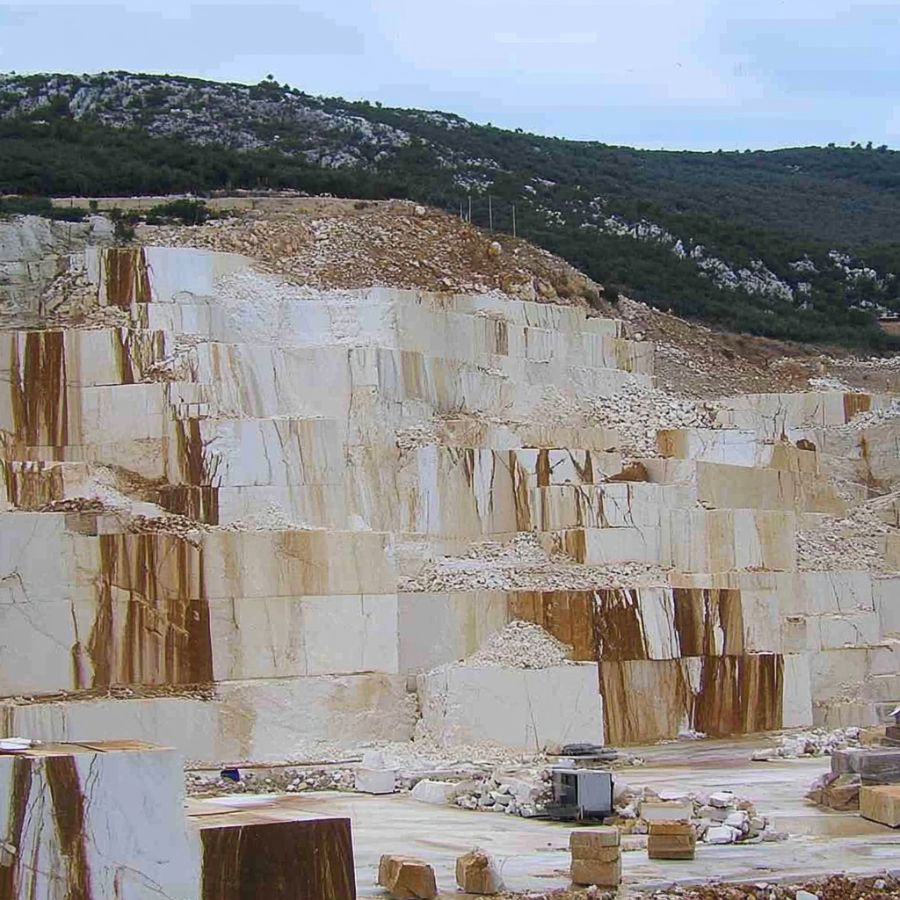
Look for white to grayish limestone areas. Lapis often form near limestone because both need similar conditions to form.
Check for blue veins or patches in limestone outcrops. If you spot calcite or pyrite nearby, that’s a good sign.
The presence of white marble alongside limestone makes it an even better spot since Lapis Lazuli typically forms when limestone transforms into marble through intense heat and pressure.
Mountain Quarries
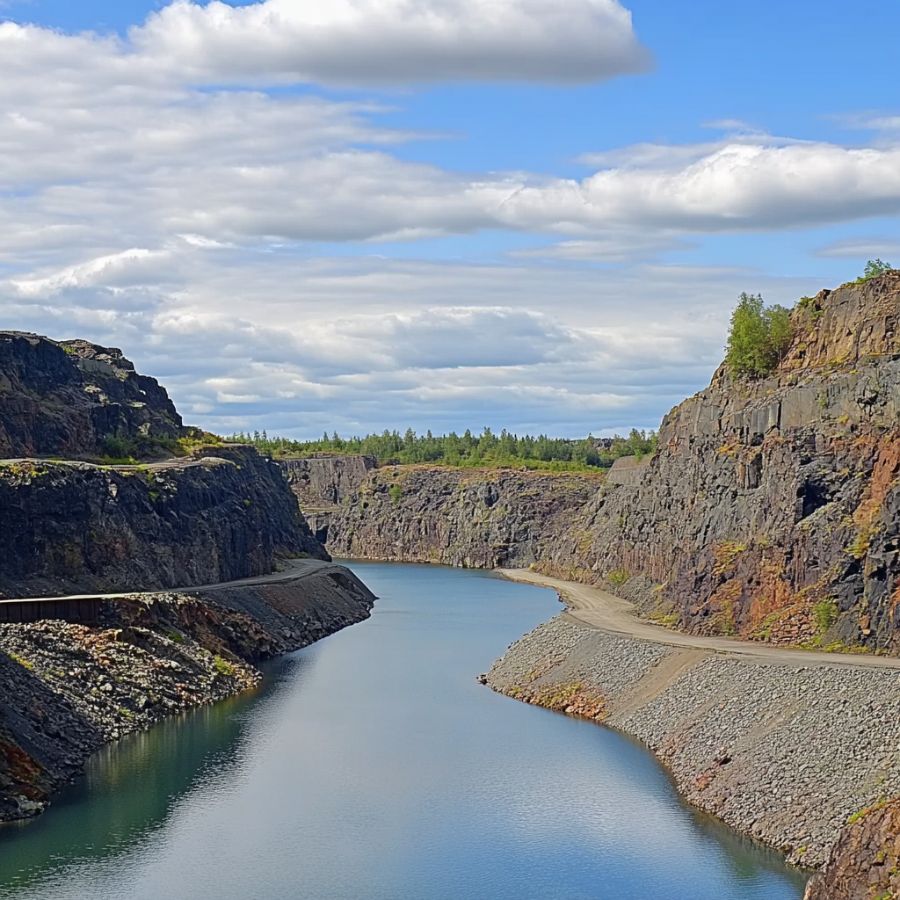
Active or abandoned quarries are goldmines for Lapis hunters. Focus on areas where they’re cutting into metamorphic rocks. The freshly exposed rock faces make it easier to spot the deep blue color.
While exploring these sites, keep an eye out for rocks with a mix of blue and white – that’s often how Lapis appears in its raw form. Sometimes, you might need to crack open seemingly ordinary rocks to reveal the blue treasure hiding inside.
Crystal Seams
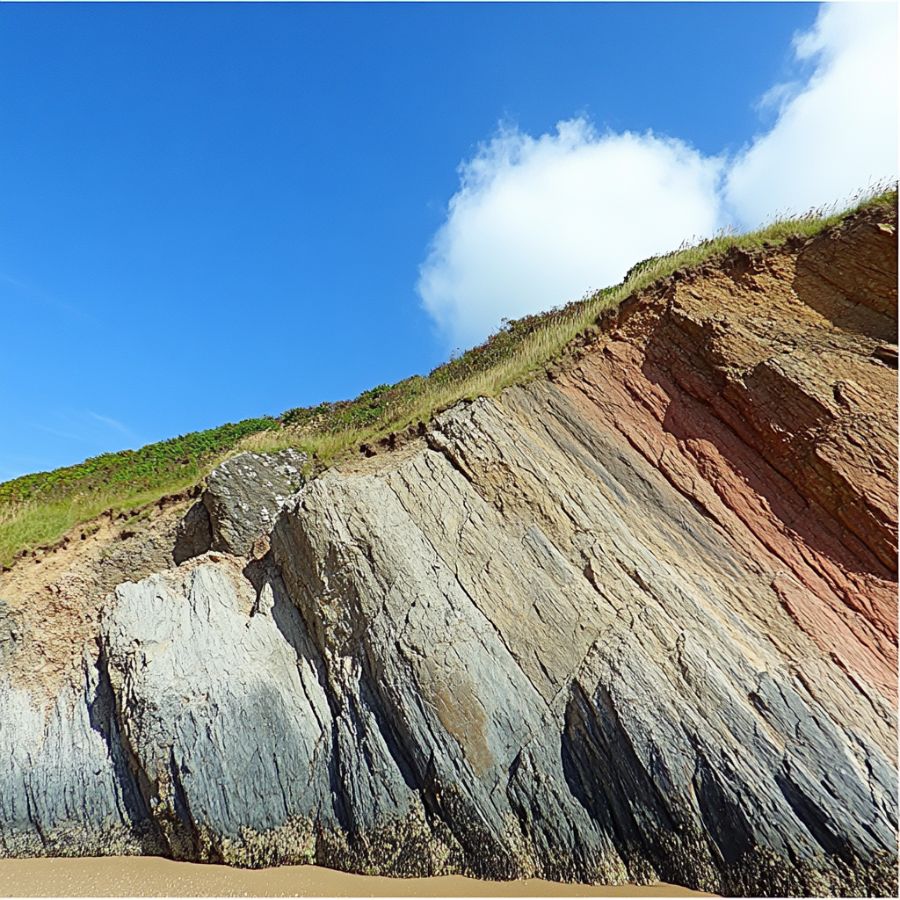
Search for crystal veins in rocky areas. When you find one crystal type, there’s a good chance you’ll find others nearby, including Lapis.
Look for areas where different rock types meet – these contact zones are perfect spots for Lapis formation.
While you’re checking these seams, which can sometimes stretch for several feet along rock faces and often contain multiple types of minerals clustered together, pay special attention to areas where you see dark blue or deep purple colors peeking through.
River Beds
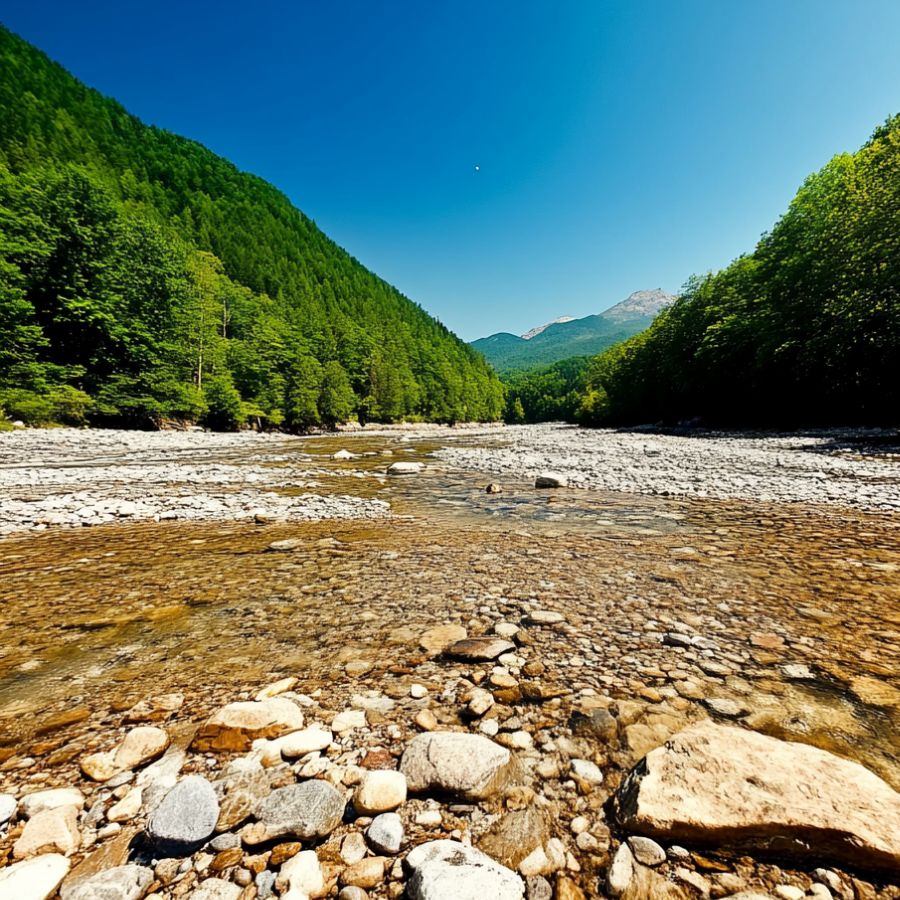
Check river beds and gravel bars, especially after heavy rains when new material gets washed down. Focus on areas where the water slows down – that’s where heavier stones like Lapis tend to settle.
Pro tip: dig about 1-2 feet deep in these spots, as heavier stones often sink below the surface materials.
Some Great Places To Start
Here are some of the better places in the state to start looking for Lapis Lazuli:
Always Confirm Access and Collection Rules!
Before heading out to any of the locations on our list you need to confirm access requirements and collection rules for both public and private locations directly with the location. We haven’t personally verified every location and the access requirements and collection rules often change without notice.
Many of the locations we mention will not allow collecting but are still great places for those who love to find beautiful rocks and minerals in the wild without keeping them. We also can’t guarantee you will find anything in these locations since they are constantly changing.
Always get updated information directly from the source ahead of time to ensure responsible rockhounding. If you want even more current options it’s always a good idea to contact local rock and mineral clubs and groups
Balmat
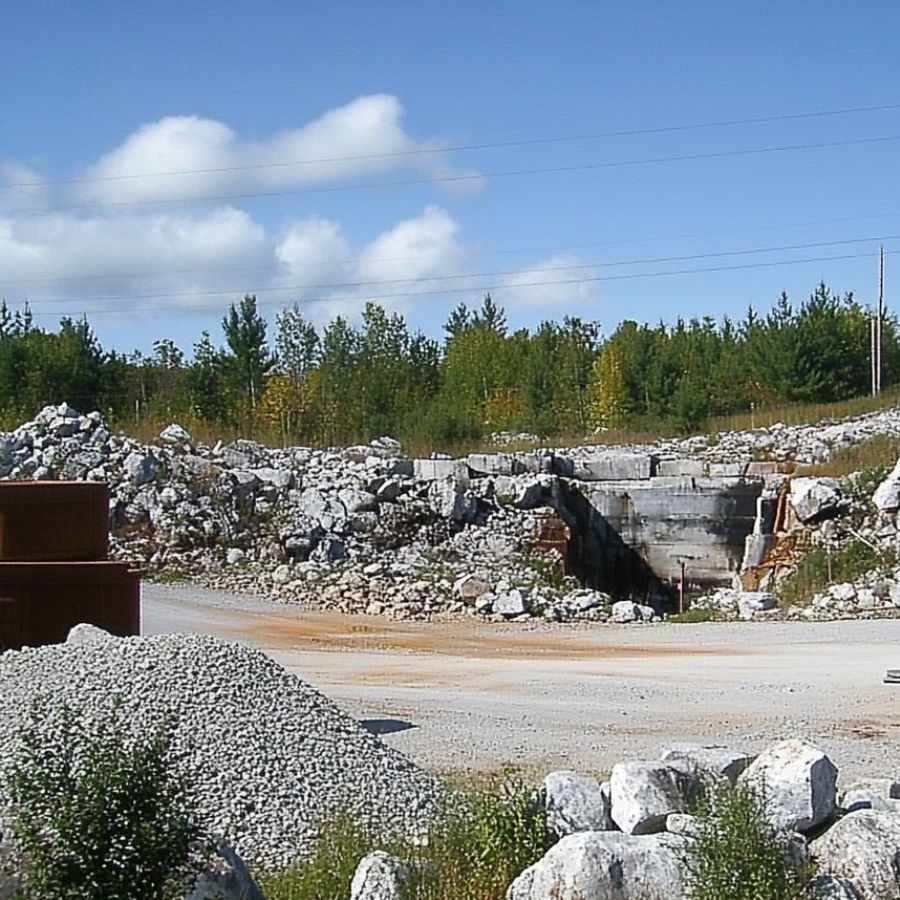
Balmat is a small mining town in St. Lawrence County. The town sits on special rock formations that formed over 1.1 billion years ago during a time called the Grenvillian Orogeny.
Local rocks went through major changes due to heat and pressure, creating perfect conditions for different minerals to form. The area is most famous for its zinc deposits, but it also holds other treasures like Lapis Lazuli. These blue stones can be found in the crystalline limestone and marble areas around the mine.
Mining experts have long valued Balmat’s unique geology. The rocks here are different from many other places because they contain siliceous dolomitic marble. This special marble creates good conditions for Lapis Lazuli to form.
Looking around the old Empire State No. 4 Mine area is your best bet for finding these blue stones. The surrounding rock formations often contain small deposits of this beautiful mineral.
North Creek
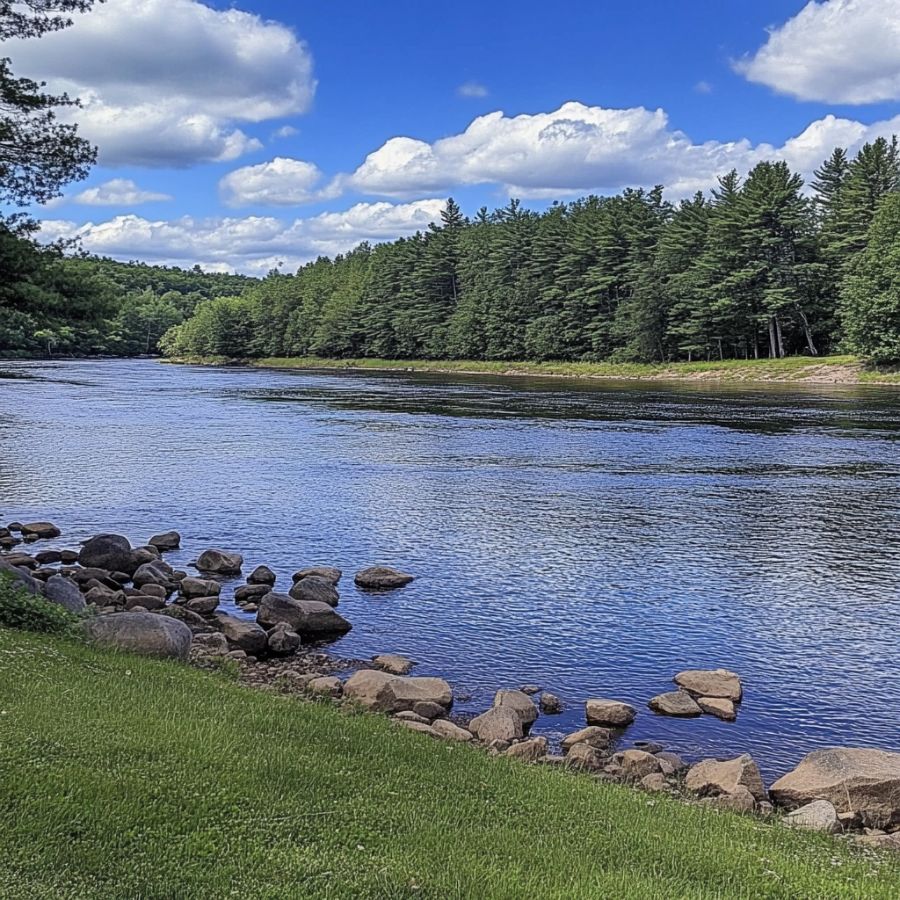
North Creek is located in the Adirondack Mountains of Warren County. This small hamlet stands close to the Hudson River, making it a great spot for outdoor activities. Mountains and thick forests surround the area, creating a perfect setting for rock collectors.
Rock collectors can search along the stream beds where water has cut through the marble deposits.
Many rockhounds have found success looking through the old mining areas scattered around North Creek. The best spots for Lapis Lazuli and other rocks are usually where you see white marble or areas with visible mineral crystals.
The area is also famous for its mining history and was once an important iron ore mining center. Today, it attracts both history buffs and mineral collectors looking to explore its rich geological treasures.
Jayville
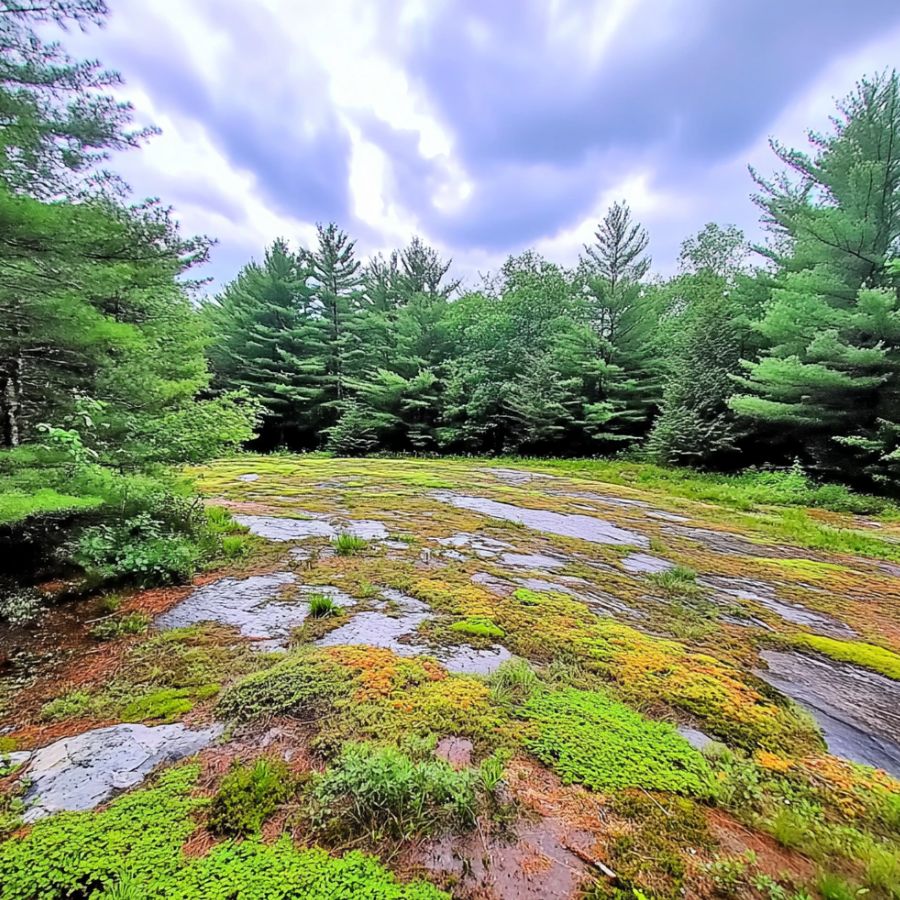
Jayville is a historic mining town close to the Adirondack Mountains. Mining activities boomed here in the late 1800s, with the area famous for its rich magnetite deposits. The old mining sites still tell stories of the town’s busy past.
The land around Jayville has special rock formations that combine both metamorphic and igneous rocks. Large deposits of iron ore and other minerals make this area interesting for rock collectors.
People looking for Lapis Lazuli should check the areas near old mine sites. The stream beds and creek banks also hold promise, as water often moves minerals from the hills.
Local history shows that early miners found many types of minerals here while digging for iron ore. The mix of different rock types makes Jayville a good spot for finding interesting stones.
Gore Mountain
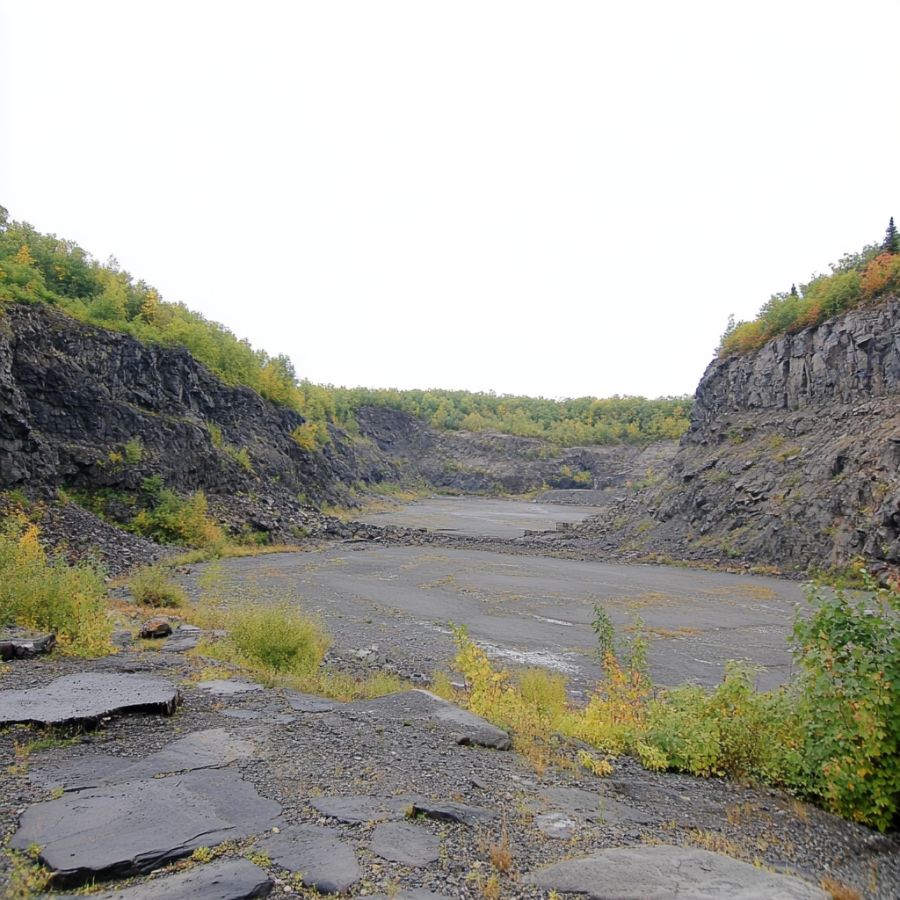
Gore Mountain rises in Warren County about 4 hours north of New York City. The mountain features the largest ski resort in New York State, but its real treasure lies in its rocks.
For over 100 years, the Barton Garnet Mine on Gore Mountain has produced some of the world’s highest-quality garnets. Rockhounds can find lapis lazuli in the same areas where garnets appear, especially near the old mine workings.
The best spot to look is around the summit area near the Barton Mine. Here, the blue lapis lazuli forms in dark rocks along with the more common garnets. Visitors often spot the bright blue stone standing out against the darker rock background.
Summer tours of the mine area let you search for both garnets and lapis lazuli while learning about the mountain’s rich mining history.
Willsboro
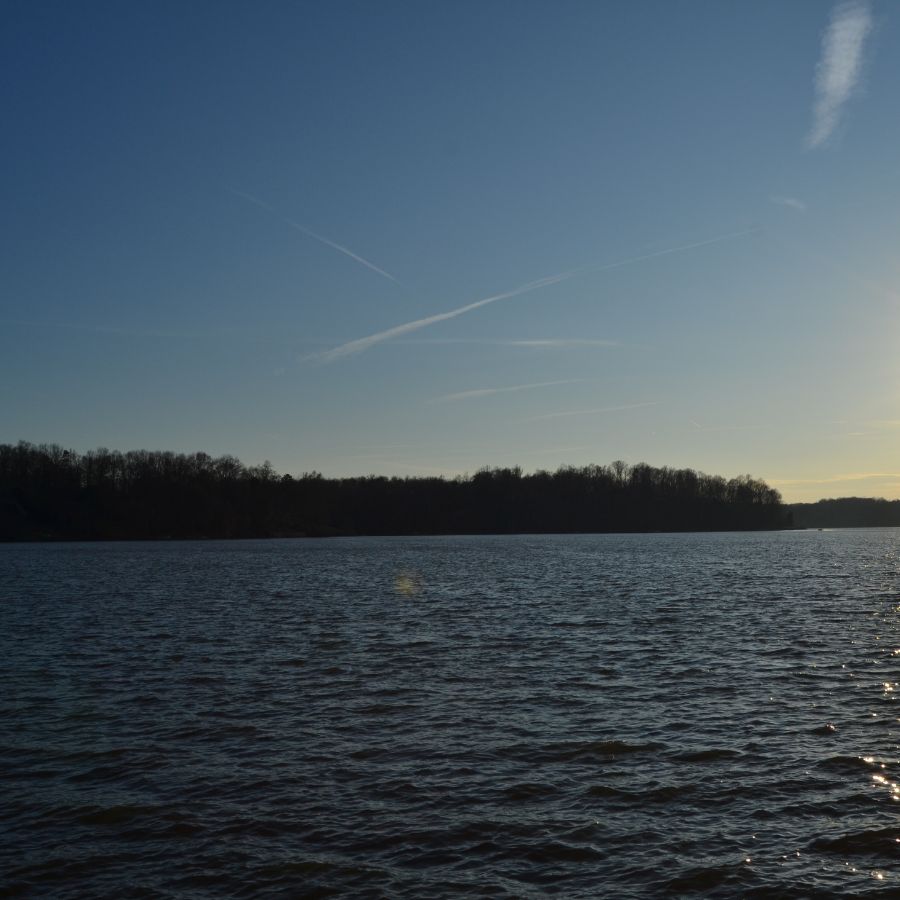
Willsboro stretches along the western shore of Lake Champlain in Essex County. Local geology shows a mix of marble, quartzite, and special rock formations that were changed by heat and pressure long ago.
Rockhounds can find Lapis Lazuli near the crystalline limestone deposits and marble areas in Willsboro. The town’s geology is special because of its wollastonite deposits, which are rare industrial minerals. Many old mines in the area reveal interesting rock layers where Lapis Lazuli formed.
Local rock clubs often visit Willsboro because it offers such varied mineral hunting opportunities. The area’s rich geological history makes it an important spot for both amateur collectors and serious mineral hunters.
Places Lapis Lazuli has been found by County
After discussing our top picks, we wanted to discuss the other places on our list. Below is a list of the additional locations along with a breakdown of each place by county.
| County | Location |
| Hamilton | Hooper Mine |
| Hamilton | Blue Mountain |
| St. Lawrence | Massena |
| Schoharie | Middleburgh |
| Montgomery | Sprakers |
| Dutchess | Rhinebeck |
| Ulster | Kingston |

